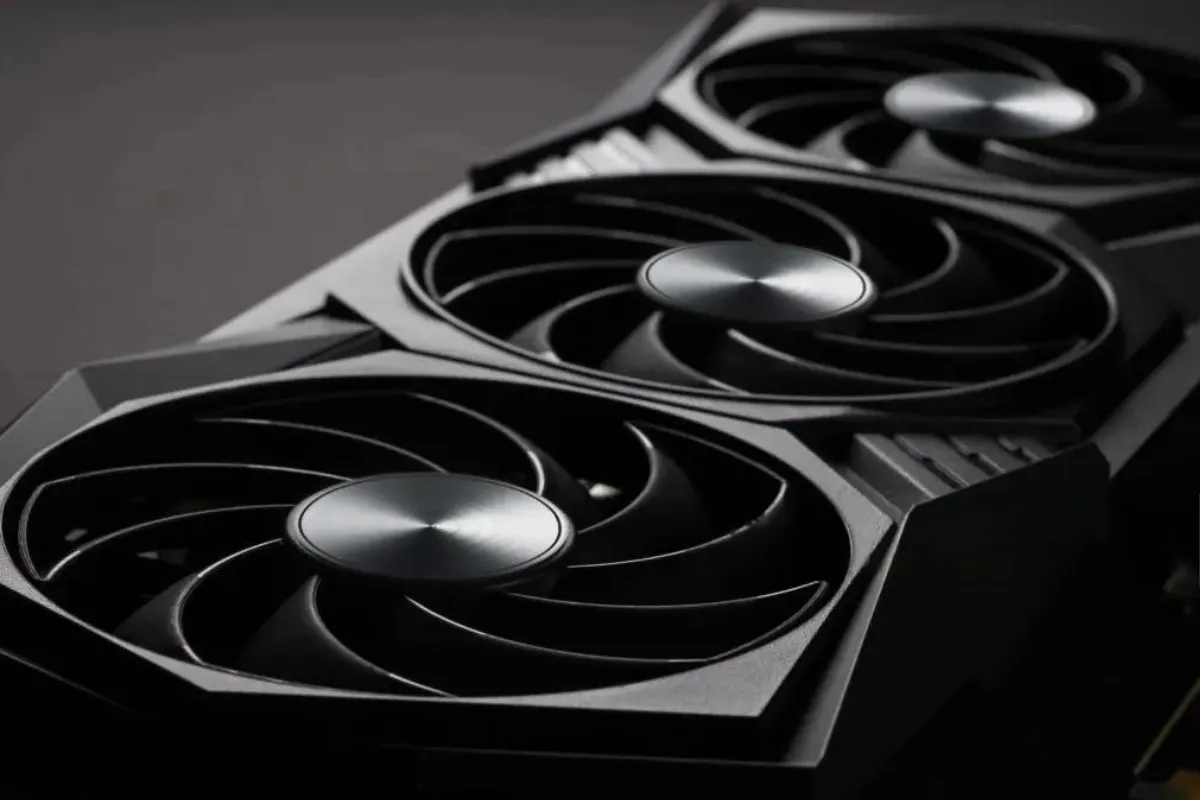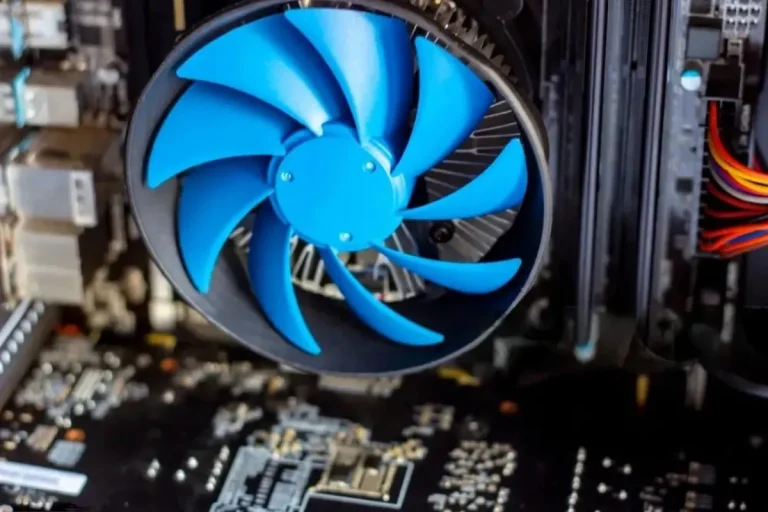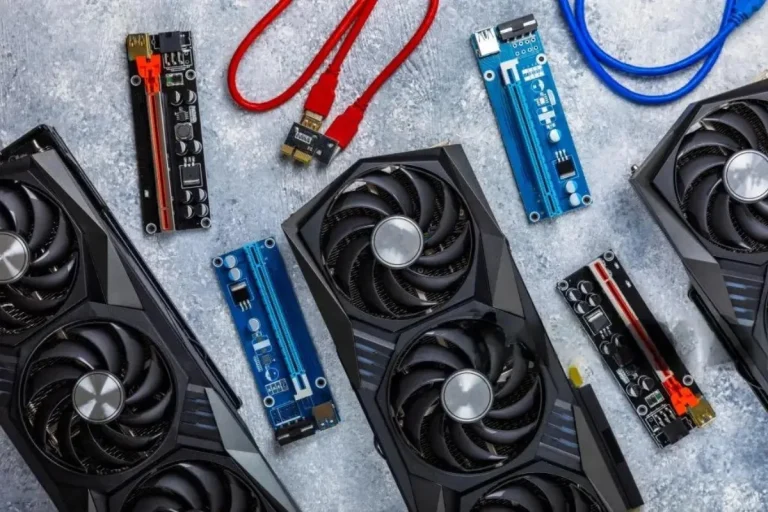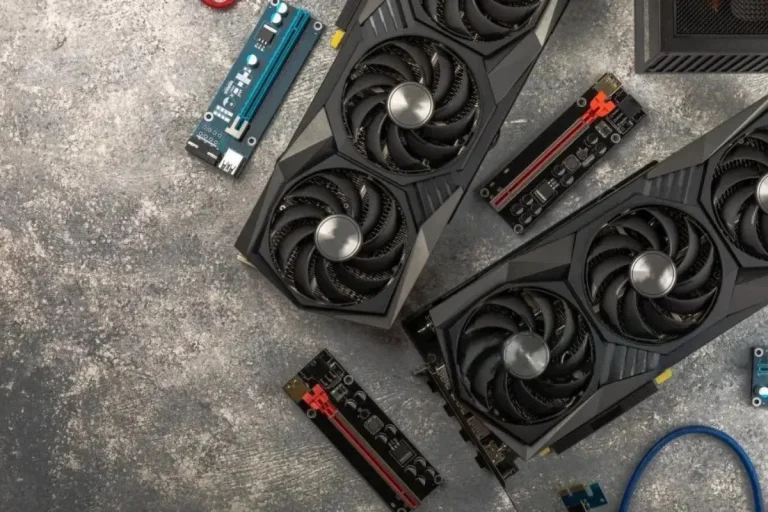How can I identify the graphics card in a laptop?
Are you curious about the graphics card lurking inside your laptop? Wondering how to uncover its secrets? Well, fret not! Identifying the graphics card in a laptop is easier than you think.
Knowing your graphics card specifications is crucial whether you’re a gaming enthusiast or a graphic designer. Let’s dive into this guide and unravel the mystery!
Method 1: Device Manager
When it comes to identifying the graphics card in your Windows laptop, the Device Manager is your trusty companion. This built-in tool allows you to explore and manage the hardware devices connected to your computer. Here’s how you can access the Device Manager and find out the details of your graphics card:
- Open the Start Menu: Click on the Windows logo located at the bottom left corner of your screen or press the Windows key on your keyboard.
- Search for Device Manager: In the search bar, type “Device Manager” and click on the corresponding result that appears in the search list.
- Access Display Adapters: Once the Device Manager window opens, look for the “Display adapters” category and click on the arrow next to it. This will expand the section and display the graphics card(s) installed on your laptop.
- Identify the Graphics Card: Under the “Display adapters” section, you will find the name of your graphics card model. Right-click on it and select “Properties” from the context menu.
- View Graphics Card Details: In the Properties window, you can explore various tabs to gather information about your graphics card. The “General” tab usually provides the manufacturer and model name of the graphics card.
Method 2: System Information
If you’re still on the quest to identify your laptop’s graphics card, fear not! Windows has another hidden gem called the System Information tool that can help you uncover the secrets of your graphics card. Let’s dive in and explore how to access this tool and locate your graphics card information:
- Access System Information: To begin, click on the Windows Start Menu or press the Windows key on your keyboard. In the search bar, type “System Information” and select the corresponding result that appears.
- Navigate to Components: Once the System Information window opens, you’ll see a list of various system components on the left-hand side. Scroll down and click on “Components” to expand the category.
- Locate Graphics Card Information: Under the “Components” section, look for “Display.” Click on it to reveal detailed information about your graphics card, including the manufacturer, model name, and other specifications.
- Note Down the Details: It’s essential to note down the graphics card’s model name and manufacturer for future reference. These details come in handy when troubleshooting, updating drivers, or comparing specifications for compatibility with specific software or games.
Method 3: Third-Party Software
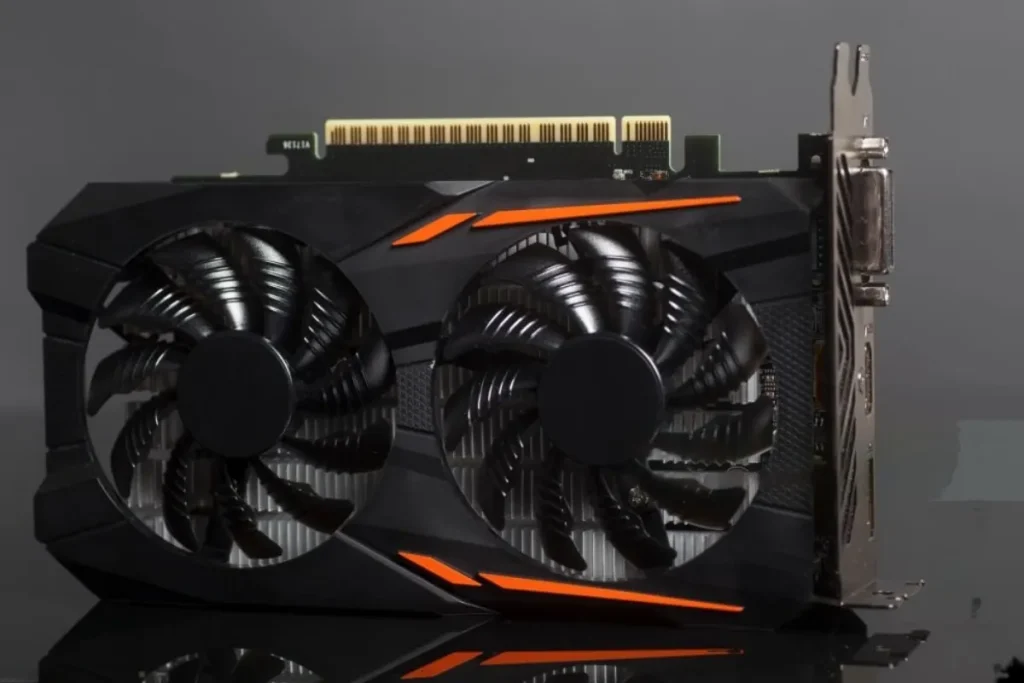
If you’re looking for alternative methods to identify your laptop’s graphics card, third-party software can come to the rescue! These handy tools offer more advanced features and provide a user-friendly interface for exploring your graphics card in detail. Let’s check out some popular options and learn how to use them:
GPU-Z
GPU-Z is a lightweight and powerful software that provides detailed information about your graphics card. It displays essential details such as the GPU model, memory size, clock speeds, and more.
To use GPU-Z, simply download and install the software from the official website. Launch the program, and it will automatically detect and display your graphics card information.
Speccy
Speccy is a comprehensive system information tool that not only provides graphics card details but also offers insights into other hardware components.
After downloading and installing Speccy, open the program and navigate to the “Graphics” section to find information about your graphics card, including model name, manufacturer, driver version, and temperature.
HWiNFO
HWiNFO is a powerful hardware information and diagnostic tool. It offers an extensive range of information about your system, including the graphics card. Download and install HWiNFO, then launch the program.
In the main window, expand the “Components” category and click on “Display.” Here, you’ll find detailed information about your graphics card, such as the model, manufacturer, driver version, and more.
Frequently Asked Questions
1: How can I find out what graphics card my laptop has?
There are a few methods you can try. You can access the Device Manager on your laptop, use the System Information tool, or rely on third-party software to identify your graphics card.
2: What if I can’t locate the graphics card in the Device Manager?
If you’re unable to find the graphics card in the Device Manager, your laptop may use integrated graphics, which means the graphics processing is built into the CPU. In such cases, you may need to refer to the laptop’s specifications or consult the manufacturer’s website for detailed information.
3: Can I identify my graphics card without downloading any software?
Yes, you can! Windows provides built-in tools like the Device Manager and System Information that can help you identify your graphics card without the need for additional software. Simply follow the steps mentioned in the respective methods outlined above.
4: Will identifying the graphics card on my laptop help with gaming performance?
Yes, knowing your graphics card is crucial for optimizing gaming performance. It helps you determine if the graphics card meets the minimum system requirements for specific games and allows you to update drivers or adjust settings accordingly for smoother gameplay.
5: Are there any online tools that can automatically detect my laptop’s graphics card?
While there are online tools that claim to automatically detect hardware information, it’s generally recommended to rely on trusted software or built-in tools for accurate and reliable results. Online tools may not always provide the most up-to-date or comprehensive information about your graphics card.
Conclusion
Identifying the graphics card in your laptop is essential for various reasons, such as troubleshooting, optimizing performance, and ensuring compatibility with software and games. Whether you use built-in tools like Device Manager and System Information or rely on third-party software, knowing your graphics card empowers you to make informed decisions and enhance your computing experience
